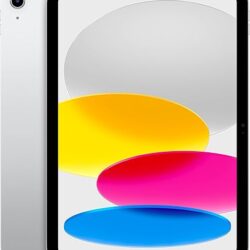二、偏正词组的语法特点 Grammatical features
(一)偏正词组的词序是固定的。前边是“偏”,后边是 “正”。前一部分是修饰、限制后一部分的。例如:
The order of the two constituents in an endocentric phrase is fixed: the modifying word precedes the modified word. For example:
 亚马逊导购
亚马逊导购  读新闻学外语
读新闻学外语  卑诗省当天新盘
卑诗省当天新盘
| 定语 Attributive | 中心语 Modified Word | 状语 Adverbial Adjunct | 中心语 Modified Word |
| 一本 | 书 | 快 | 看 |
| 两个 | 小时 | 不 | 清楚 |
| 他 | 弟弟 | 会 | 跳舞 |
| 红 | 毛衣 | 对我 | 说 |
(二)偏正词组的后一部分由名词、动词或形容词构成,前一部分可由各类修饰成分充当。
The second constituent of an endocentric phrase is either a noun a verb or an adjective while the first one can be a premodifier of
any kind.
(三)偏正词组中“偏”和“正”之间有时要用虚词连接。例如:
Sometimes, a function word is used to connect the two constituents.For example:
| 定语 Attributive | 助词 Particle | 中心语 Modified word |
| 用 | 东西 | |
| 快乐 | 的 | 生活 |
| 蓝蓝 | 天空 |
| 状语 Adverbial Adjunct | 助词 Particle | 中心语 Modified word |
| 客观 | 分析 | |
| 高兴 | 地 | 唱 |
(四)偏正词组的重音常在前边的修饰部分上。 The stress of an endocentric phrase falls on the first constituent in pronunciation.








